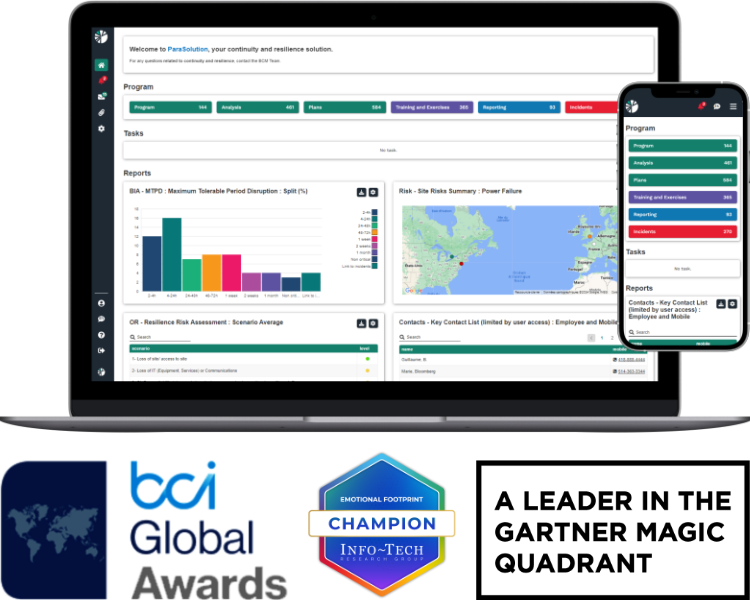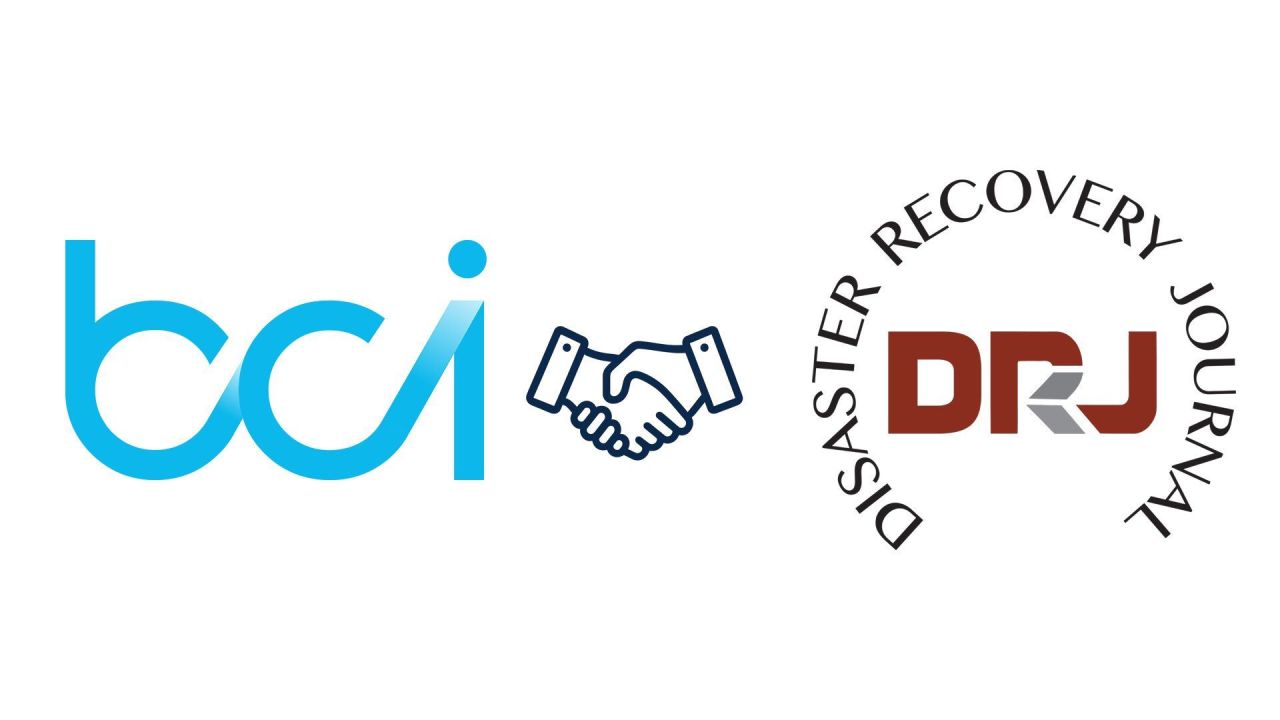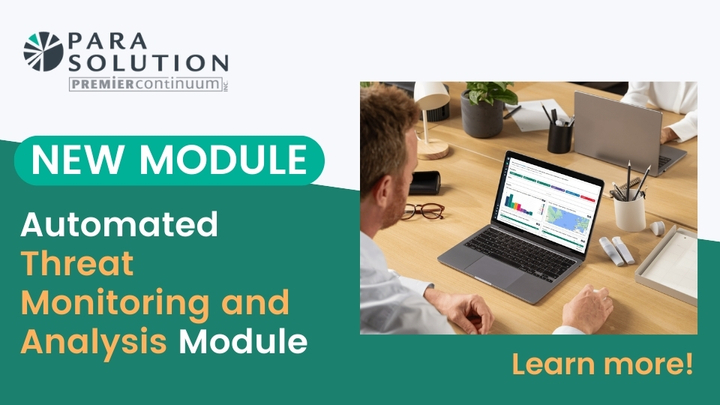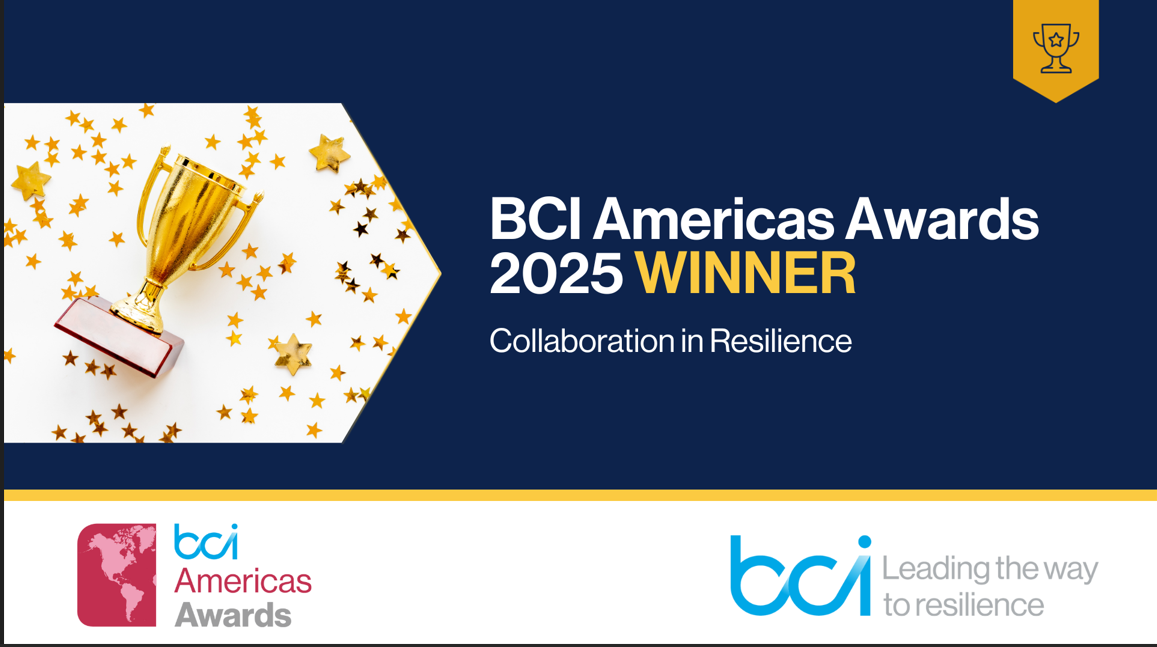Learn which KPIs truly matter to senior leadership and how data-driven insights elevate business continuity from operational necessity to strategic governance.
Myths and Realities of a Good Business Continuity Plan

In the world of business continuity, certain beliefs, even well-intentioned ones, can compromise the effectiveness of plans in times of crisis.
Drawing on the recommendations of Élaine Comeau, who brings over 25 years of field experience, here are seven common myths… and the realities to keep in mind to build a BCP that is truly useful, actionable, and tailored to your organization.

Myth #1 – Target Audience
📌 Myth: The BCP must be understood by all employees in your organization.
🟢 Reality: The BCP must be clear for those responsible for executing it.
A business continuity plan is an operational tool. It must be understandable to the teams responsible for implementing it, not necessarily to all employees. That said, employees should still be aware that the organization has plans in place to prepare for situations that could impact operations.
Myth #2 – Comparing Across Organizations
📌 Myth: Your BCP should be similar to those of other organizations in your industry.
🟢 Reality: The BCP must be adapted to your organization’s reality, vocabulary, culture, and processes. What works elsewhere does not necessarily work for you.
Drawing inspiration from other organizations can be helpful, but copying and pasting a continuity program will not work. Each organization has its own processes, dependencies, and operational realities. A good plan is custom-built.
Myth #3 – Plan Structure
📌 Myth: The business continuity plan is a complete, all-in-one document: it should include solutions for EVERY scenario.
🟢 Reality: The BCP must be easy to use. If you need to explain solutions in detail for specific scenarios (such as a cyberattack), you can use appendices or even create a playbook.
A playbook is a detailed plan of action for a specific risk or situation. It is especially useful for providing precise, to-the-point actions during the first hours of an incident.
Myth #4 – Plan Format
📌 Myth: Having a printed version of the BCP is essential.
🟢 Reality: A printed version of your BCP is only useful if it is up to date… and controlled.
A printed copy can be reassuring, but it comes with risks: loss of confidentiality, outdated content, lack of traceability… If you choose to use one, make sure it is synchronized with the official version and updated whenever an employee leaves or the strategies are improved.
Myth #5 – Updates
📌 Myth: All elements of your BCP must be updated at the same time.
🟢 Reality: The continuity program can include different update frequencies for BCPs based on the criticality of activities or teams.
For example, an organization may choose to review the BCPs of teams with critical activities (with RTOs of 72 hours or less) annually, while less critical sections of the plan could be reviewed every two years. This targeted approach helps maintain content quality without overloading teams.
Myth #6 – Reacting to Changes
📌 Myth: As soon as a major change occurs, my team must immediately prioritize updating the BCP.
🟢 Reality: A delay for updating your BCP can be defined in the continuity policy.
Instead of reacting urgently, your update policy can include a defined delay following an incident. For example, your team might have three months to incorporate major changes, unless an annual review is scheduled earlier. This approach keeps the BCP up to date without placing unnecessary pressure on teams.
Myth #7 – Quality Assurance
📌 Myth: Quality assurance is not important for organizations just starting out with continuity.
🟢 Reality: The BCP must be validated, regardless of the organization’s maturity level.
Even early in the process, it is essential to ensure the plan is coherent, realistic, and functional. While external auditing may not be required, internal verification by frontline employees and validation by leadership help identify inconsistencies and improve clarity.
In conclusion
A good business continuity plan does not aim to cover everything or predict every outcome. Its goal is to be coherent, actionable, and grounded in the day-to-day reality of your organization.
To achieve this, preconceived ideas must sometimes be dismantled. By replacing automatic assumptions with informed practices, you will strengthen not only your plans but also the overall resilience of your organization.
To learn more, watch Élaine Comeau’s webinar “The Myths and Realities of a GOOD Business Continuity Plan”









